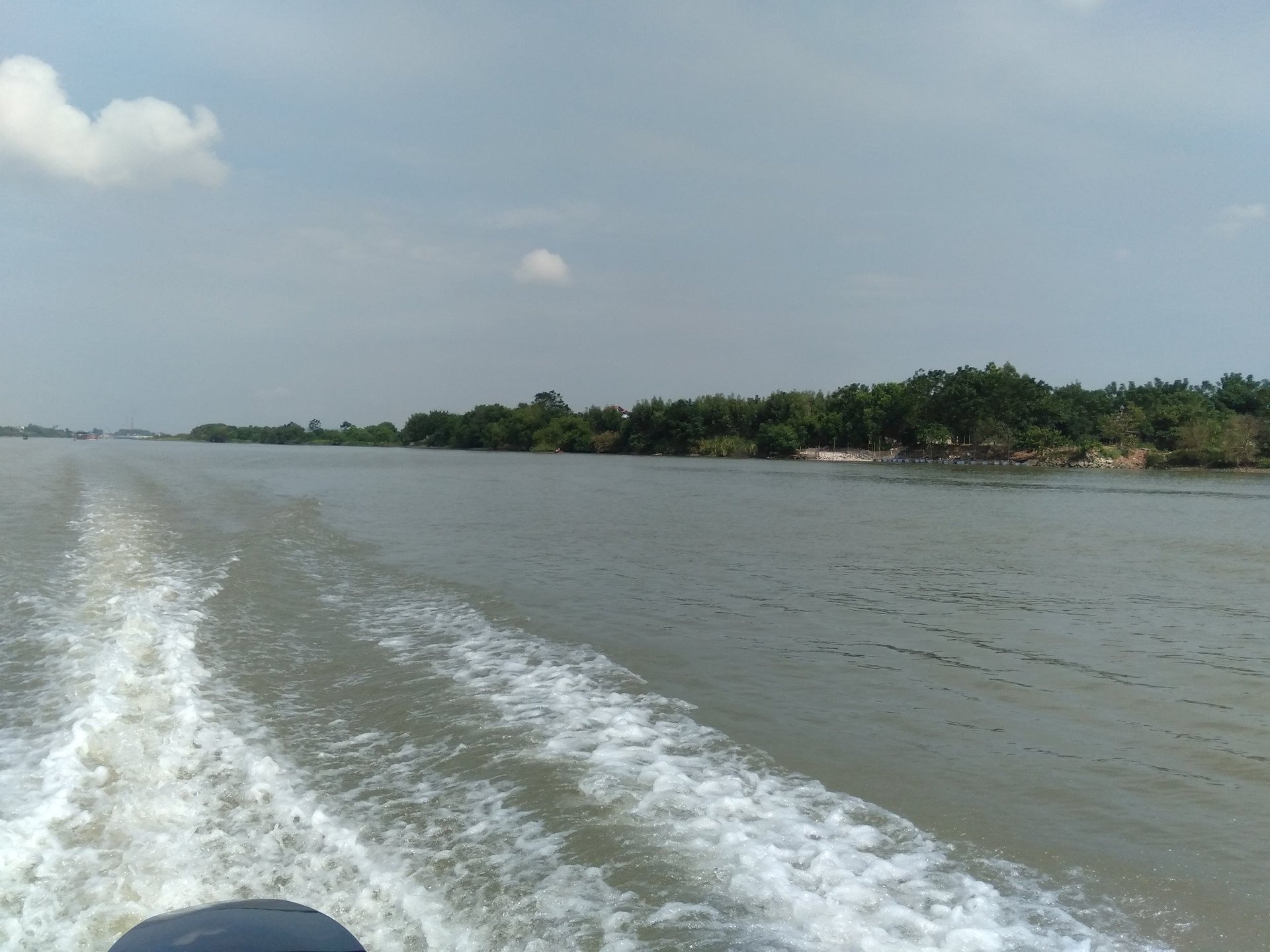
We came to Yen Dung district, Bac Giang province by chance. By chance here, we mean that the trip was not announced in advance, except for a casual remark from our guide colleague.
I remember the dinner when the kitchen brought up a bowl of crab soup. It would have been as normal as any other bowl of crab soup if Mr. Tuan, the driver, had not quickly pointed to the bowl of soup that was still steaming hot, and said: “Each of you should sip a few cups of this crab soup first.” It sounded a bit strange, so without telling anyone, we all scooped a few cups of crab soup into our bowls and brought them to our mouths to try. Wow, delicious and delicious.
Mr. Tuan smiled: "Do you think this crab soup is delicious and special, different from other crab soups?"
Of course we all replied that it was delicious and also something very different from the usual crab soup. Mr. Tuan smiled again: “This is crab soup cooked with mustard greens. It will be as normal as the crab soup cooked with mustard greens that you often eat. But this crab is different.”
We quickly asked: "What's different about this crab?". Tuan smiled mysteriously: "You'll know more when we get back to Yen Dung tomorrow morning."
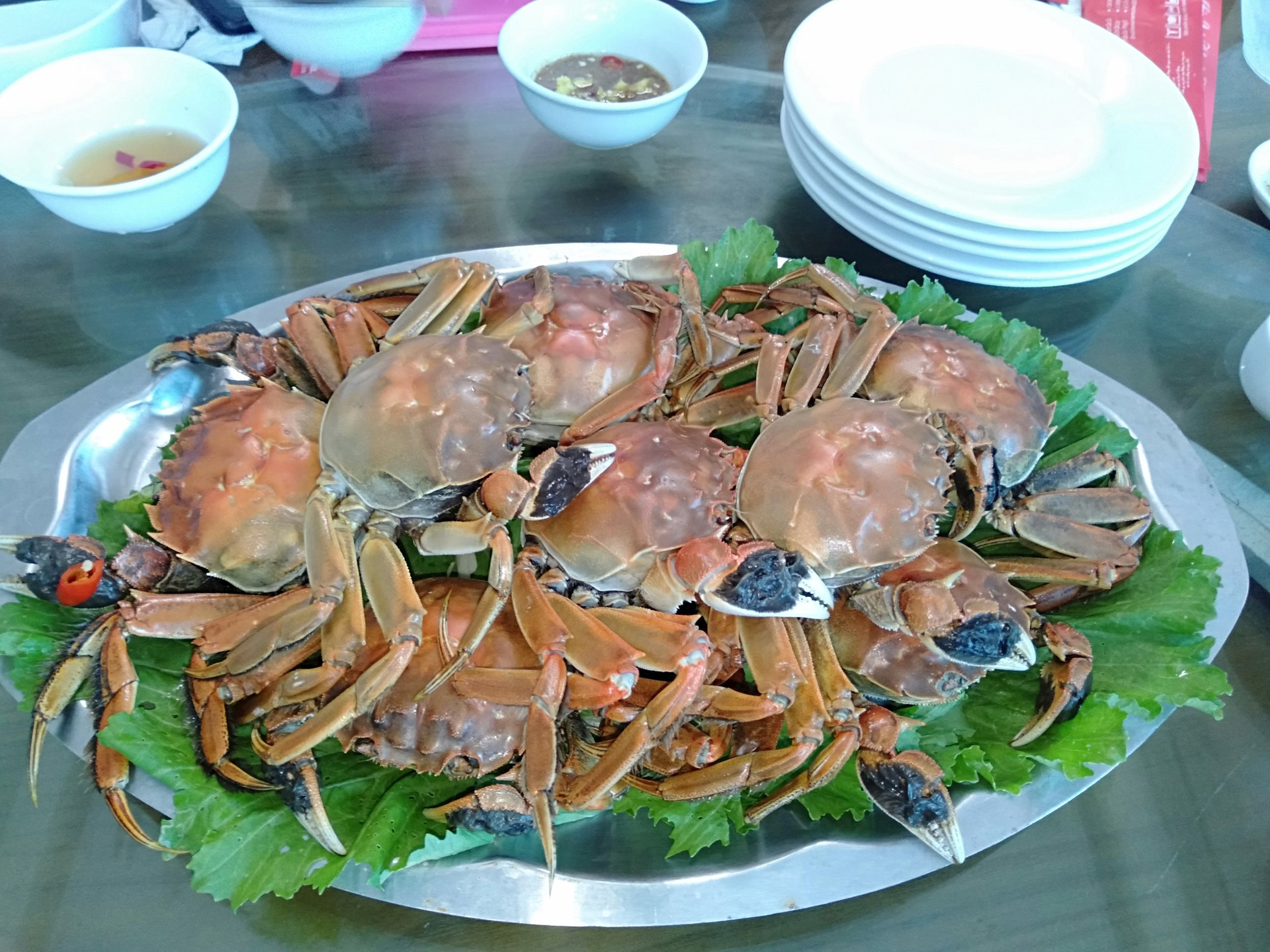
It was truly a “mystery”. There was nothing new about crab and mustard green soup that made me so curious. And as promised, we went to Yen Dung district, Bac Giang province to get materials for the articles. After spending the whole morning going to several places in the district to get materials, to be honest, by noon my stomach was growling with hunger. I told myself to wait until lunch to know what crab was like.
Finally, the wait was worth it. Lunch was served on a tray, and we didn’t start eating because we heard the kitchen staff say, “Please wait a moment. The steamed crab will be served soon.”
We sat very "serious" around the round dining table, the kind that can seat 10 people including the host and guests. It didn't take long, about 10 minutes, when the kitchen brought up a huge plate. I looked at the plate that the waitress had just placed neatly in the middle of the table. It turned out to be a plate of steamed crabs. Those were crabs that were neither field crabs nor sea crabs. This plate of crabs had crabs that were smaller than sea crabs but three or four times bigger than field crabs. The plump crabs had been steamed and gave off a very attractive aroma. Then my colleague leisurely said: "This crab is called "da crab" by the Yen Dung people in particular and the Bac Giang people in general." I quickly asked: "Why is it called "da crab"? My colleague still kept his voice leisurely: "Do you see a bunch of small hairs on the back of this crab's claw?"
We almost stood up at the same time to take a closer look. There was indeed a cluster of hairs on the crab’s claw. The crab’s hairs were brown because they were steamed, but the hairs could not be hidden. I said honestly: “That’s really strange. Crabs are aquatic creatures. Having such a hard shell and hairs is really strange.”
At that time, a colleague at Bac Giang newspaper said: "This crab breed is called skin crab by Bac Giang people, but in some other places it is called hairy crab. Bac Giang people are tactful so they do not call it hairy crab but call it skin crab because calling it like that is both polite and shows that if it has skin, it has hair."
We all said: "So this kind of crab is also available in other places?". My colleague nodded: "It is true that in some other places like Quang Ninh or China, there is also this kind of crab, but only in Yen Dung district, the crab is bigger and of course, it will be more fragrant and delicious. Now, let me invite you to try Yen Dung crab. Please tell me your feelings after eating it."
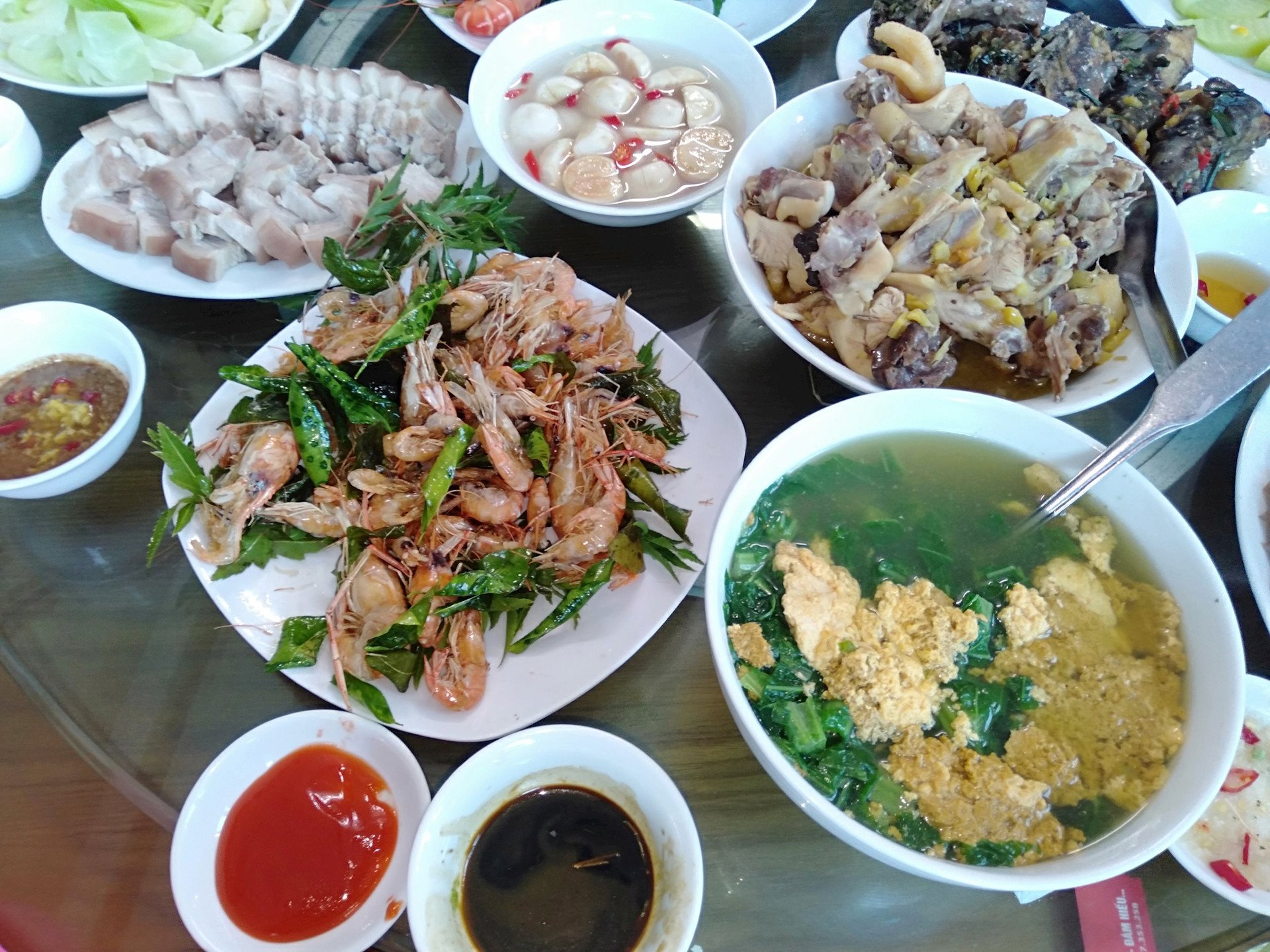
A “discussion” about soft shell crabs took place right around the dining table. Although I was a guest, I was not shy at all. I stood up and waved my hand to remind everyone to leave the crab dish as it was so I could take a photo. It would be a pity not to take a photo.
On the plate, the steamed crabs had a dark yellow color with a reddish tinge, which was very pleasing to the eye. My colleague from Bac Giang newspaper seemed to sympathize with our initial impression, so he stopped and gave each of us a crab as he had said. He pointed at the plate of crabs and said: “Crabs are three or four times bigger than field crabs. The big ones are about 200g and the small ones are only 70g. This is a freshwater crab and can only be found in Yen Dung district.”
I quickly looked over the plate of soft-shell crabs, just to get a general idea and remember. In terms of shape, soft-shell crabs are unusually large, of course not as large as sea crabs, but they have a plump shape because their shells are thick and bulging, looking “round” and not as thin as field crabs or sea crabs. My colleague added: “That’s the shape of a soft-shell crab. Please pay attention to the crab claws.”
Hearing that, I looked closely and saw that the crab had a pair of big claws. I thought, “Anyone who is inexperienced in catching crabs can easily be grabbed by those claws and cry.” Then I looked more closely and saw that the crab’s claws had dark brown spots (after being steamed), which were hairs. Oh my god, how strange that a crab living underwater has hairs.
My colleague said: “That characteristic only exists in the leather crab. No one can take an unusually large crab and say it is a leather crab if the crab’s claws do not have hairy spots the size of a finger joint. Perhaps because of that unique characteristic, people call it a leather crab”. I thought to myself: “If there is skin, there will be hair and vice versa?”.
But then I still wondered: "Why is it that only Yen Dung district has the crab species?". Mr. Tran Duc Hoan, an officer of Yen Dung district Cultural Center, answered that Yen Dung district was once considered the "navel of water" of Bac Giang province. The district has the Thuong River flowing through it, dividing the district into two parts, the south and the north. In the southwest is the Cau River, which is also the boundary between Bac Ninh and Bac Giang. In the northeast is the Luc Nam River, which joins the Thuong River flowing in the east, creating a barrier with Hai Duong province. At the end of the Thuong River, after receiving "water source" from the Luc Nam River and the Cau River, is the historical Luc Dau River. A little further is the Thai Binh River.
It is in this “water belly” area that the skin crabs and the earthworms are found in Tu Ky and Thanh Ha districts of Hai Duong province. Skin crabs are not available every day, not every season. Coinciding with the earthworm season, skin crabs are often available in “September 20th and October 5th”, when the cool breezes blow across the river.
On that occasion, the earthworms "flooded" to Tu Ky - Thanh Ha, and the leather crabs flocked to Yen Dung. Ms. Minh Hien - a Yen Dung resident added: "Leather crabs usually live in the crevices of rocks along the river banks. The northern bank of the Cau River, that is, the bank in Yen Dung district, is where the leather crabs are most abundant. The Yen Dung side of the Thuong River also has them, but less so.
During the season of soft-shell crabs, people in communes along the Cau River such as Dong Viet, Dong Phuc and Thang Cuong call each other to go crab catching. However, catching soft-shell crabs is not easy because soft-shell crabs are a type of crab that usually live at the bottom of the river. To catch crabs, you have to use a net that the locals call a bagua net. "During the high-water season, the crabs float and move around a lot, making it easier to catch, but during the low-water season, soft-shell crabs stay in one place and move less, making it harder to catch," said Ms. Hien.
Mr. Tran Duc Hoan stood up: "Please enjoy the hot crab. It is best to eat crab really hot." We excitedly handed over our plates and received one each. It is true that the crab is a freshwater crab but only found in the Cau River and the Thuong River, so it is both rich and fatty and has a unique aroma. It feels like there are only eggs and crab fat. Only then did I understand what the saying "as firm as crab fat" means.
It is known that the best way to eat soft-shell crabs is steamed. The crabs are washed clean of the silt on their shells and then put into a steamer. Of course, steaming crabs requires ginger and lemongrass. These two spices not only help reduce the fishy smell, but also add an indescribable aroma to the crab.
Source: https://daidoanket.vn/lai-mong-duoc-nem-cua-da-10280857.html


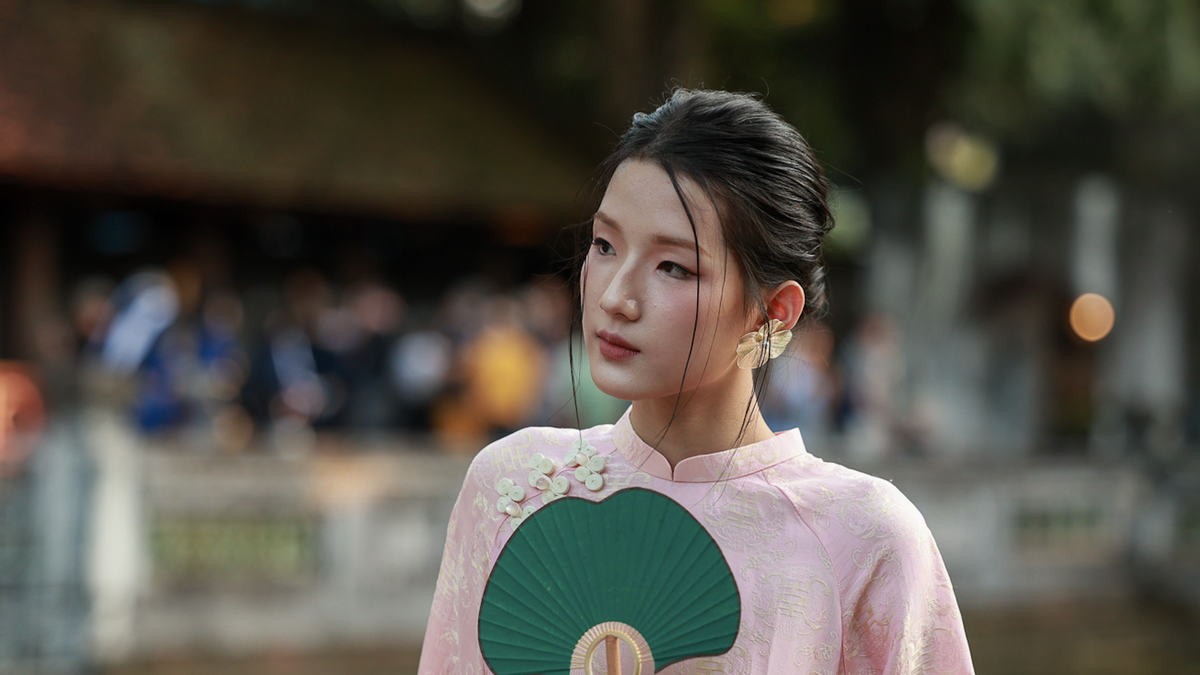
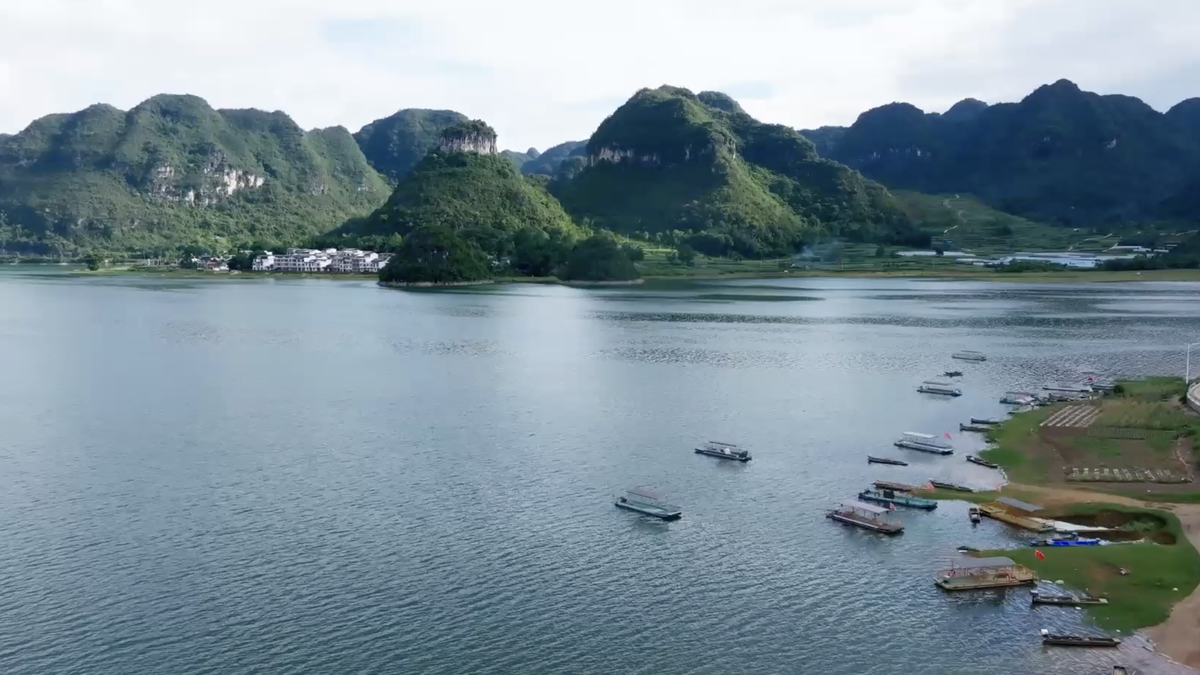
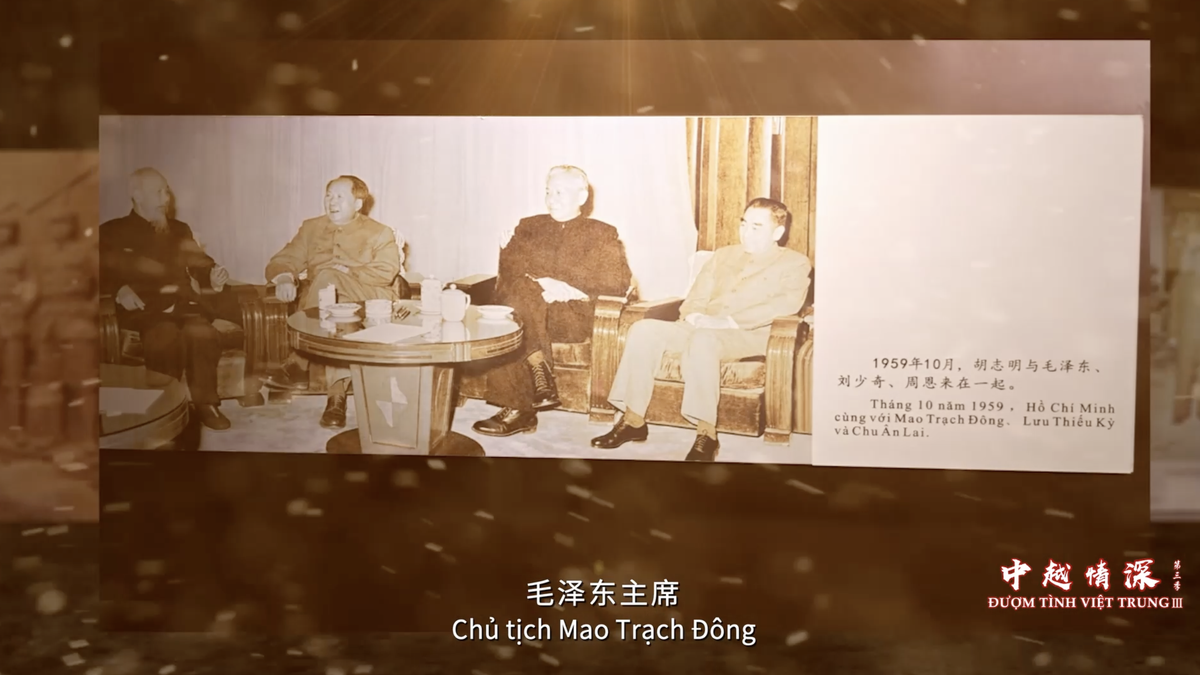


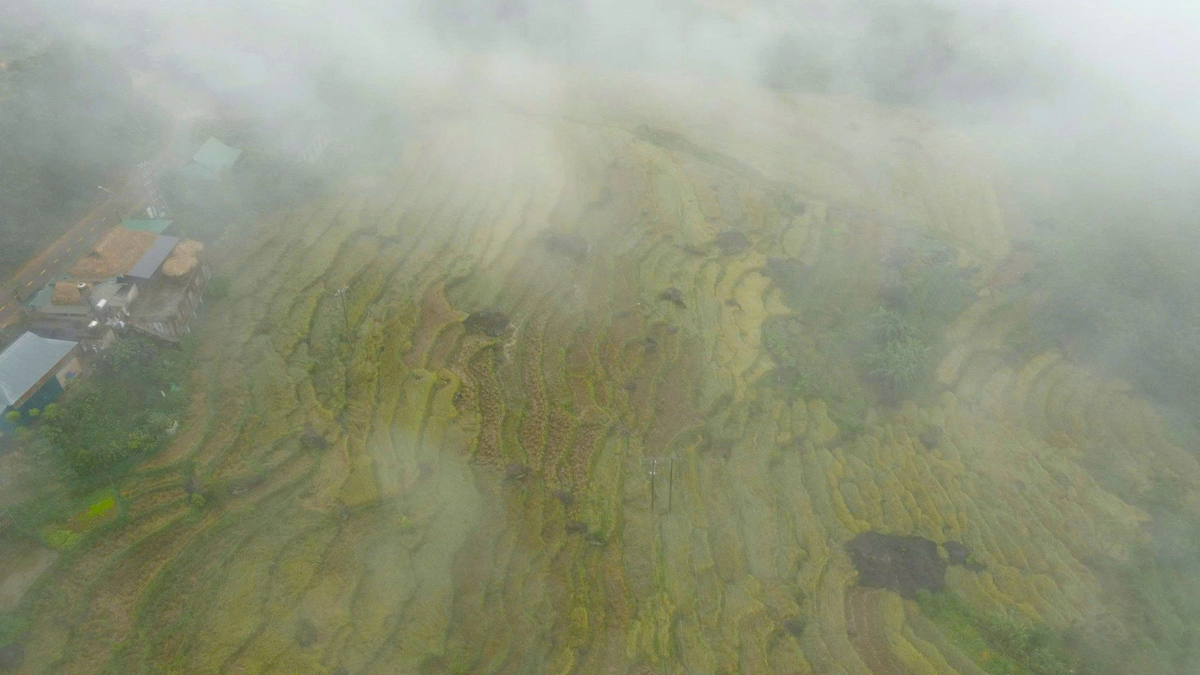
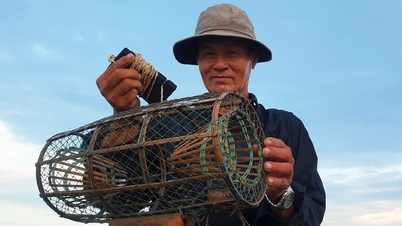



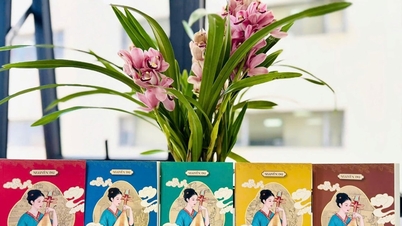








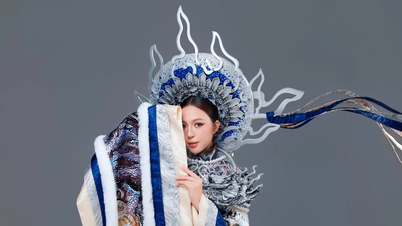

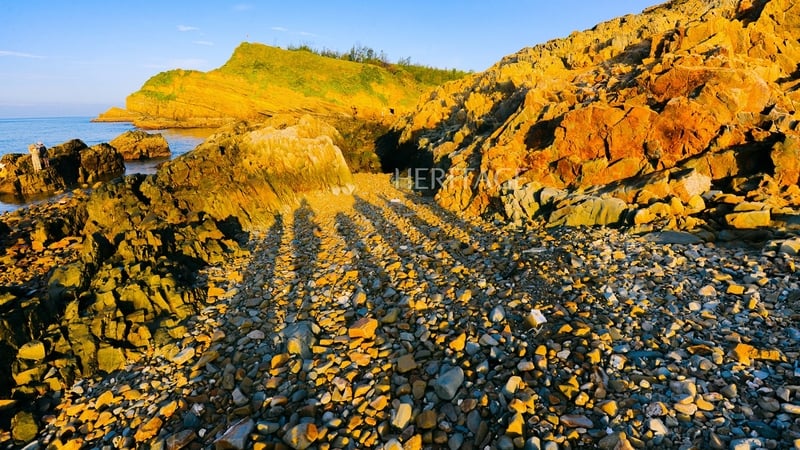





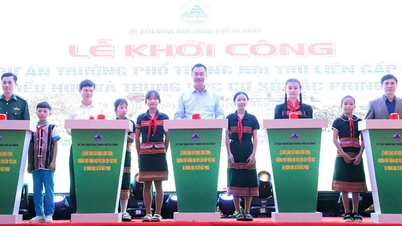





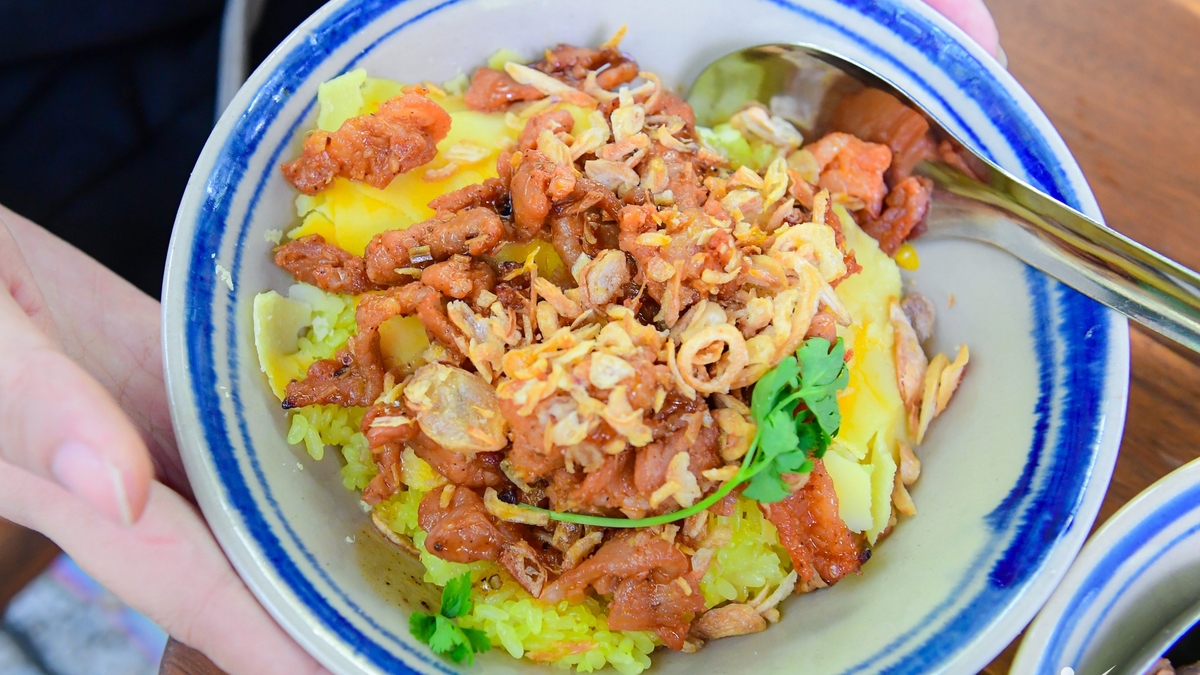
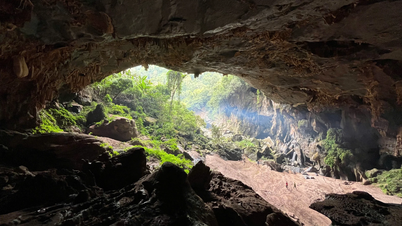

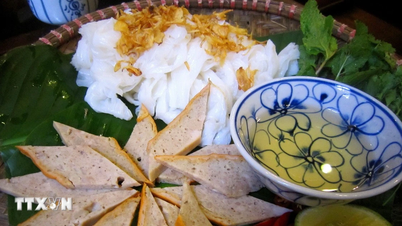
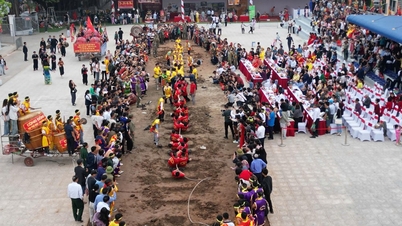




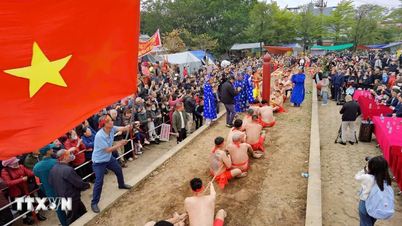


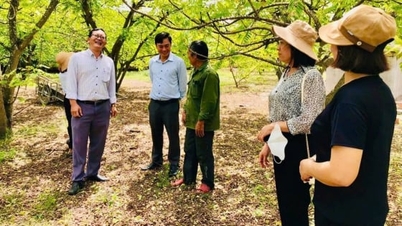

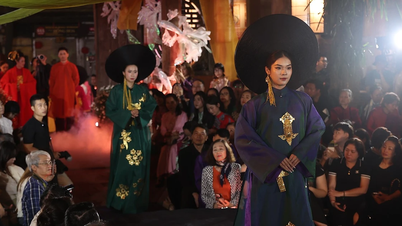










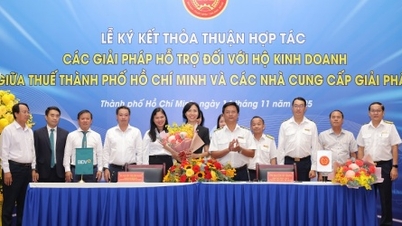








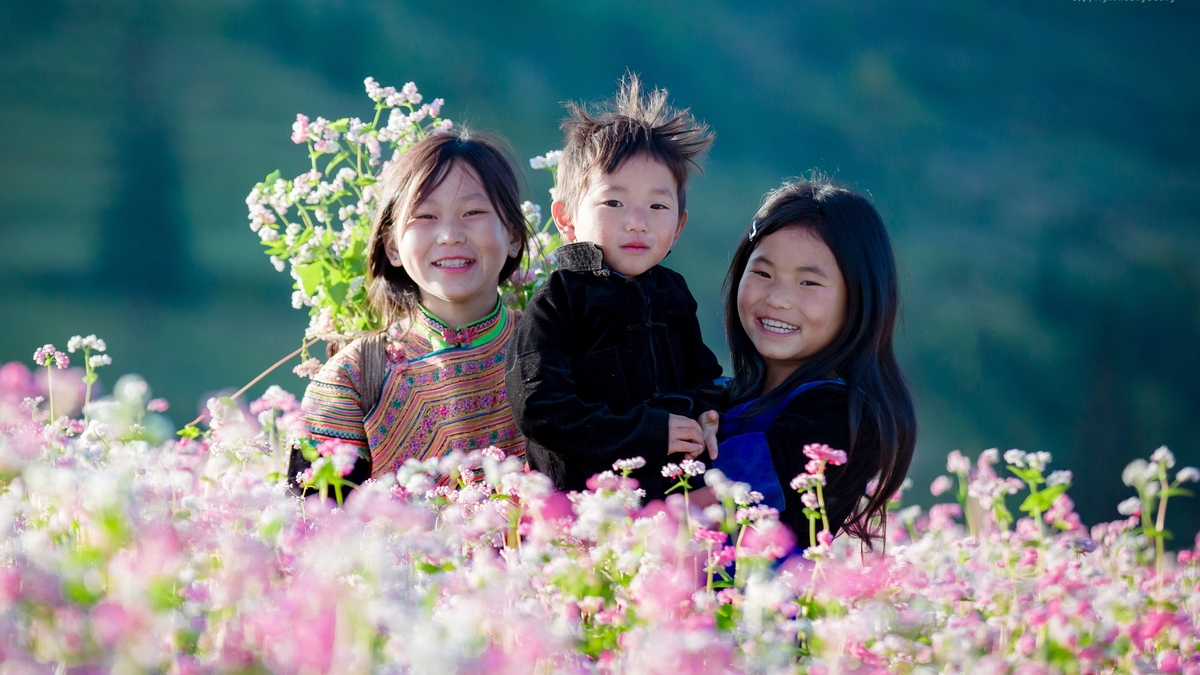








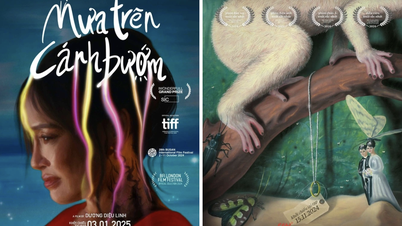








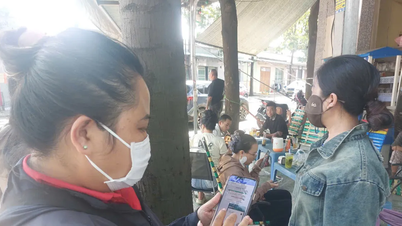

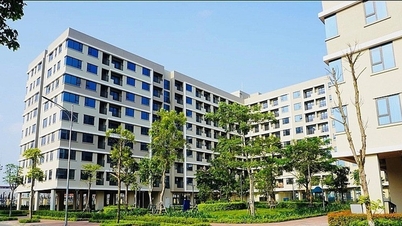

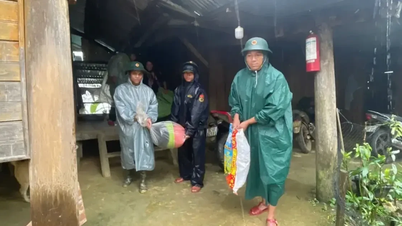
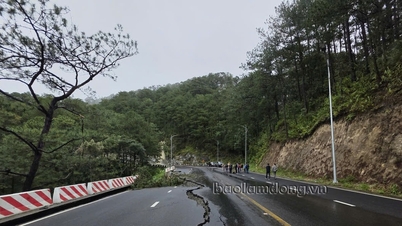

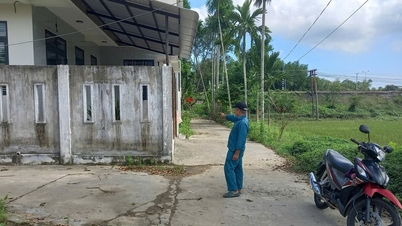

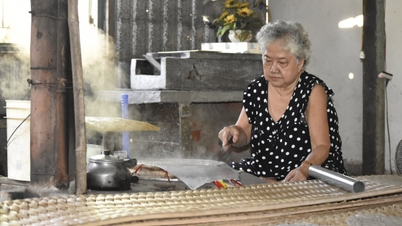



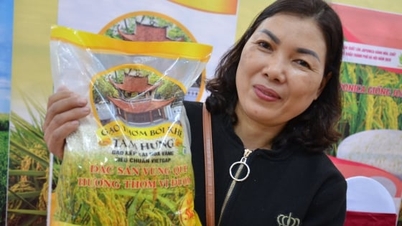









Comment (0)